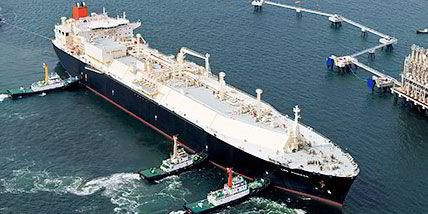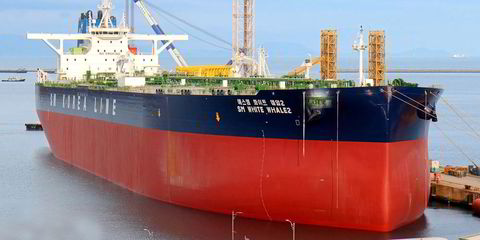Mitsui OSK Lines (MOL) believes the LNG shipping market will remain in over supply for the next three to five years.
Speaking at the Gastech meeting in Chiba, Japan MOL executive officer Takeshi Hashimoto said the industry is currently suffering a shipping surplus which will maybe continue through to 2020 or 2021.
But in the longer term the company sees LNG trade volumes rising to 450-million tonnes per annum by 2030 with demand growth coming from China, India and Europe.
Hashimoto said that with this growth and the need to gradually replace the older steam turbine driven ships there will be a need for around 100 additional LNG carriers by 2030.
Speaking about technical developments in LNG shipping, Hashimoto – who described himself as “very much a commercial guy” – said that based on his 24 years of experience in the business change in the LNG fleet is still moving forward.
He said trade size, infrastructure and economic efficiency will determine the optimum size and shape of vessels going forward. However he said that while the standard size of LNG cargo tanks has increased the overall size of vessels remains at around 300-metres length overall with a 50-metre beam.
Hashimoto concluded that although the capacity of LNG carriers could inch up to 190,000-cbm if restrictions for vessels transiting the Panama Canal are lifted, further upsizing of vessels are not expected in the next five to 10 years.
He said the company sees cargo tank capacities remaining at 175,000-to 180,000-cbm, with membrane cargo tanks and ME-GI and XDF propulsion systems becoming the world standard for LNG ships.
As of March 2017 MOL has interests in 81 LNG carriers. With 10 more ships under construction Hashimoto said the company’s LNG fleet will expand to over 90 vessels in the next few years.




